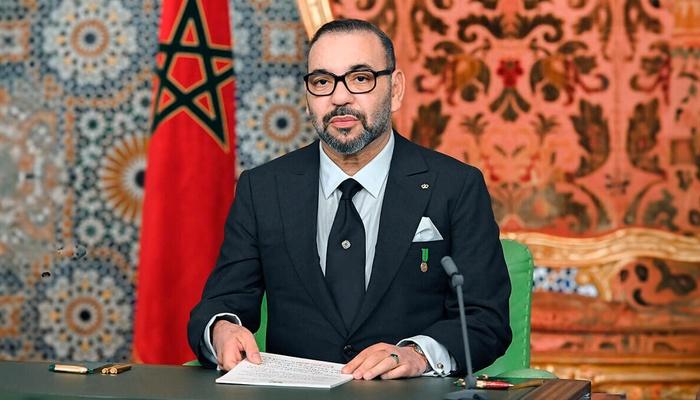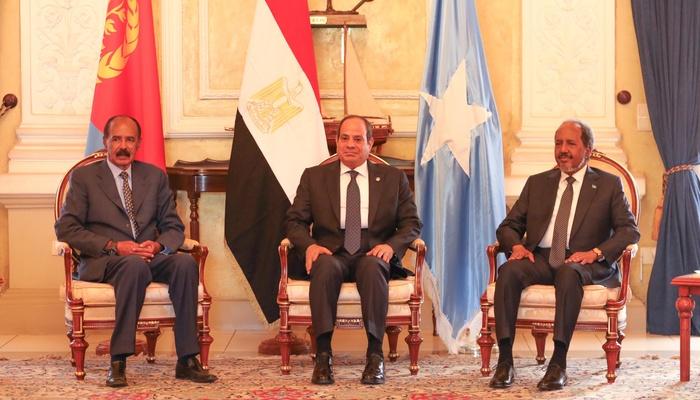The evolution of radicalisation in the Maghreb in the aftermath of the defeat of Daesh
Nearly five years after the speech delivered at the al-Nuri mosque in Mosul, in which Abu Bakr al-Baghdadi proclaimed the birth of a new “Caliphate” between Syria and Iraq, the Islamic State (IS or Daesh) is close to defeat in its territorialized and conventional military dimensions. Entrenched in the last redoubt of Baghouz, on the Syrian Euphrates, the last diehards of Daesh preside over an area of less than a square kilometer.
For some time now there has been an almost unanimous consensus about the meaning of this territorial contraction which, incidentally, in no way coincides with a possible final defeat of Daesh. First of all, because the idea survives. An overwhelming idea, which has been conveyed by the powerful propaganda apparatus of the group and eventually has been able to expand its reach far beyond the Middle East. Thus, it has assumed the contours of an actual ideology that has soon resulted in a global call.
Tens of thousands of foreign fighters have chosen to leave everything behind, their previous lives and their land, in order to join Daesh. For sure, this is not a completely new phenomenon. But it still looks surprising when compared with previous waves of mobilization, that coincided with the war in the Soviet-occupied Afghanistan, the conflict in Bosnia in the 1990s, the 2001 war in Afghanistan and the 2003 Iraqi war. Indeed, the foreign fighters mobilized by Daesh have been many more and in a shorter time frame.
Such a hefty contingent of militants, combined with an ideology presented in a more appealing fashion, allowed the group led by al-Baghdadi to dispute al-Qaeda’s primacy in international jihadism. Daesh quickly rooted itself also outside Syria and Iraq, or, in other cases, it became a center of gravity so powerful that it attracted some of the fighters once linked to the organization led by Osama bin Laden and Ayman al-Zawahiri. The North African context has not remained detached from these dynamics. On the contrary, it has become one of the most important areas of expansion of IS, especially with its branches in the Egyptian Sinai and an explicit presence in Libya, northern Nigeria and Somalia.
Ideology, foreign fighters, consolidated presence outside the Middle East: these are the fundamental coordinates along which should be read the new threat emerging in the aftermath of Daesh’s “defeat”. Against this background, the North African countries now have to manage a great amount of returning foreign fighters, with many security-related problems. The most reliable estimates set the number of foreign fighters that left the Maghreb in the past few years at around 6,000 units, while a number between 1,300 and 3,400 foreign fighters have chosen to travel to Libya from 2011 to the present. Thus, the phenomenon of reducism, combined with the attraction of the radicalizing message of Daesh and other extremist groups, represents one of the main threats to North Africa.
Therefore, it cannot be ignored that in these countries, despite many distinctions, proselytizing can find fertile ground and trigger radicalization processes. A risk that is exacerbated by the persistence of serious economic and social criticalities, by the absence of real prospects for improvement of one’s own conditions, and by a growing and often widespread distrust of institutions.
In collaboration with ITSTIME (Università Cattolica)









